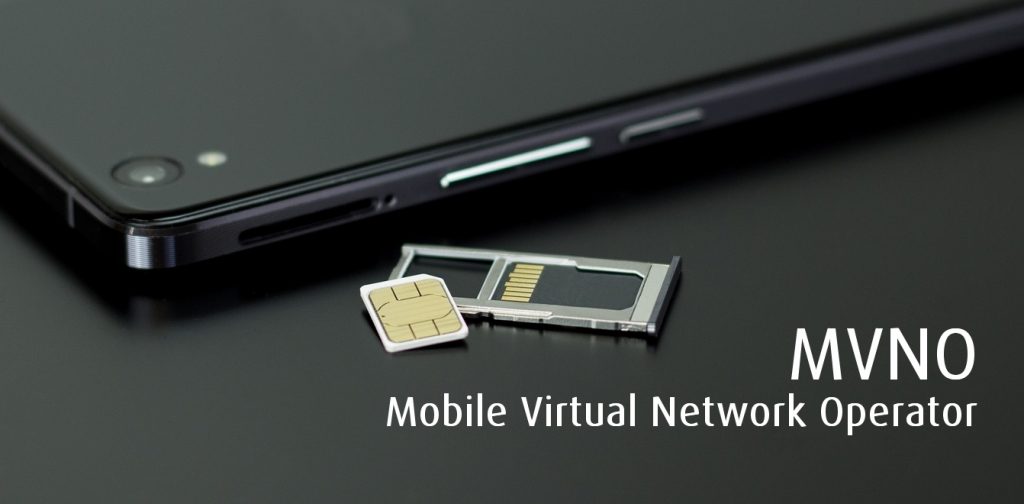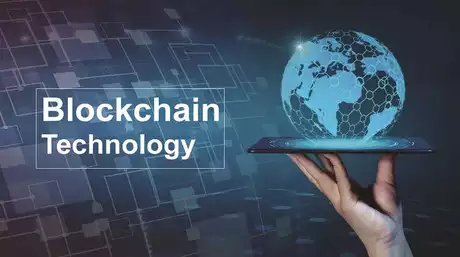Exploring Web3 The Future of the Internet
In the ever-evolving landscape of the internet, a new concept has emerged, promising to reshape the way we interact, transact, and communicate online. It’s called Web3, and it’s generating significant buzz and curiosity. In this article, we will delve into what Web3 is all about, exploring its core concepts, potential implications, and its role in the future of the internet.
What is Web3?
Web3 is not a single technology or platform; rather, it’s a vision for a decentralized, user-centric internet. To understand Web3, we must first revisit the earlier iterations of the web.
Web1: The early internet, often referred to as Web1, was primarily static and informational. Websites provided information, but user interaction was limited.
Web2: With the advent of Web2, the internet became dynamic and interactive. Social media platforms, e-commerce websites, and various online services allowed users to create, share, and engage with content. However, this era also gave rise to concerns over centralized control, data privacy, and security.
Web3: Web3 represents a paradigm shift towards decentralization and user empowerment. At its core, Web3 aims to put users back in control of their digital lives by leveraging blockchain technology, decentralized protocols, and cryptocurrencies.

Key Concepts of Web3
- Blockchain Technology: Web3 relies heavily on blockchain technology. Blockchains are distributed ledgers that record transactions in a transparent and tamper-proof manner. This technology underpins cryptocurrencies like Bitcoin and Ethereum and enables trust without the need for intermediaries.
- Decentralization: In Web3, power is distributed across a network of computers rather than concentrated in a central authority. This eliminates single points of failure and reduces the risk of censorship or manipulation.
- Cryptocurrencies: Digital currencies like Bitcoin and Ethereum are fundamental to Web3. They facilitate peer-to-peer transactions, smart contracts, and decentralized applications (DApps).
- Smart Contracts: These self-executing contracts are at the heart of many Web3 applications. They automate agreements and transactions, reducing the need for intermediaries.
- Decentralized Applications (DApps): DApps are software applications that run on blockchain networks. They are open-source, transparent, and often controlled by a community of users rather than a centralized entity.
- User Sovereignty: Web3 aims to give users control over their data and digital identity. Users can own, monetize, and control access to their personal information.
- Interoperability: Web3 promotes interoperability among different blockchain networks and DApps, allowing users to move seamlessly between them.
Implications of Web3
The rise of Web3 brings about several important implications:
- Ownership and Control: Users gain true ownership and control of their digital assets, whether it’s personal data, NFTs (non-fungible tokens), or virtual assets within games.
- Privacy and Security: Web3’s decentralized nature enhances user privacy and security, reducing the risks associated with centralized data breaches.
- Monetization: Content creators can monetize their work directly, bypassing traditional intermediaries like social media platforms or publishers.
- Censorship Resistance: Decentralized platforms are resistant to censorship, ensuring that information remains accessible even in politically sensitive environments.
- Global Access: Web3 has the potential to grant global access to financial services, digital assets, and information, bridging the digital divide.
- Innovation: The open and collaborative nature of Web3 encourages innovation and the development of new decentralized applications.
Challenges and Considerations
While Web3 presents exciting opportunities, it also faces significant challenges:
- Scalability: Some blockchain networks struggle with scalability issues, limiting their ability to handle a large number of transactions efficiently.
- Regulation: The regulatory landscape for cryptocurrencies and blockchain technology remains uncertain in many regions, potentially affecting adoption.
- User Experience: The user experience of many DApps is still not as polished as traditional web applications, which could hinder mainstream adoption.
- Energy Consumption: Some blockchain networks, like Bitcoin, are criticized for their high energy consumption, raising environmental concerns.
- Security: While blockchains are considered secure, they are not immune to attacks. Ensuring the security of decentralized applications is crucial.
The Road Ahead for Web3
Web3 is still in its early stages, and its full potential has yet to be realized. As it continues to evolve, we can expect to see:
- Improved User Interfaces: User-friendly interfaces and experiences will be crucial for widespread adoption.
- Interconnected Ecosystems: Increased interoperability will enable seamless interactions between different DApps and blockchain networks.
- Regulatory Clarity: Governments and regulatory bodies are likely to develop clearer frameworks for blockchain and cryptocurrencies, potentially reducing uncertainty.
- Broader Adoption: Web3 has the potential to extend beyond finance and technology, impacting industries such as healthcare, supply chain management, and more.
- Social Impact: Web3 may empower marginalized communities and provide new avenues for economic inclusion.
Conclusion
Web3 is a visionary concept that seeks to reshape the internet by prioritizing decentralization, user empowerment, and trust. While it faces challenges and uncertainties, its potential to revolutionize how we interact with digital assets, data, and each other cannot be understated. As Web3 continues to develop, it has the potential to usher in a new era of the internet, one that is more equitable, secure, and user-centric. The journey towards this future promises to be both exciting and transformative, as we navigate the ever-evolving landscape of Web3.
By Abdul W Moghul
 MVNO MVNE MNO Mobile & Telecoms industry intelligence Telecoms Jobs, News and Business
MVNO MVNE MNO Mobile & Telecoms industry intelligence Telecoms Jobs, News and Business








